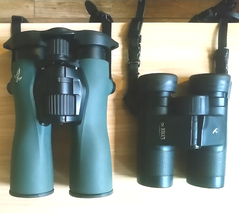 Swarovski NLs & Kite binoculars
Swarovski NLs & Kite binoculars My first pair of binoculars was a generic pair of 7x50 Japanese instruments that I managed to commandeer for personal use although they were supposed to be for the whole family. I then moved on through various binoculars - Zeiss Jenoptem 10x50, Saratoga 8x40, Zeiss Dialyt 10x40, Nikon 8x32 SE and Zeiss 8x42 FL (supplemented by Kite 8x30). So why have I now opted for Swarovski 10x42s?
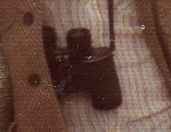 Swift Saratoga 8x40 - my first 8x binoculars c1975
Swift Saratoga 8x40 - my first 8x binoculars c1975 I've largely been faithful to 8x binoculars for 20+ years for two reasons; reduced ‘hand shake’ and the wider field of view they offer for example, my old Zeiss 8x42 FLs had a FoV of 135m @ 1000m and several newer alpha 8x instruments have a similar field (compared to c110m in most 10x42s). However, a combination of a decline in my eyesight (old age!) and spending more time watching distant birds of prey in Spain made me reconsider my options. Things were brought to a head in spring 2019 when I found I could identify distant raptors more confidently with a friend’s Zeiss Conquest 10x42s than I could with my 8x42s. With funds for much of that year already earmarked for travel, I left serious consideration of buying new binoculars until 2020. Having done so, I had more or less decided to buy a good, but ‘second tier’ pair of binoculars for c£800-900 from Zeiss, Leica or Nikon when two things happened; the first, predictably, was the COVID lockdown and the second the appearance of Swarovski NLs. Like many, the former meant I was spending less money on travel & birding so my bank balance was unexpectedly healthy (helped in no small measure by finding I was well in credit with my electricity supplier) and the specifications of the latter were too good to ignore (despite the high cost). I tend towards the view that once you stump up much above £400 (and perhaps less) for binoculars any improvement you get in optical quality is relatively small decidedly incremental and largely not obvious other than by direct comparison. Certainly, any improvement in image quality that the NLs may have over top quality sub-alpha glasses is minimal in field use to the average birder.
Taking into account all my caveats, it must be said that NLs are very bright, sharp and exhibit very little distortion even at the extreme edge of the view. They have that coveted 'Wow!" factor on first use. Chromatic aberration (‘rainbow lines’ around images) is very well controlled and for me only (just) visible as a very narrow green line around shapes at the extreme edge of the view and then only noticed when actively looked for. Also remarkable was how little distortion there was out of ‘true’ even at the very edge of the view (unlike cheaper instruments where lamp posts appear to bend quite alarmingly). Some online are suggesting that the NLs are markedly superior in image quality when compared to the ELs which, given that the latter were Swarovski’s flagship line for decades, is a remarkable claim. Comparing the NLs with the ELs on a dull, wet and cloudy day the former did seem to offer a marginally crisper view, but it was very slight and could be no more than wishful thinking on my part. Again I’d suggest that in field use, without a studied direct comparison between the NLs with their stablemate, on image quality the two would be effectively indistinguishable. However, what was obvious – and for me a major selling point – was the wider field of view of the NLs. Not only was this clearly better than the 10x42 ELs but at 133m at 1000m identical to the 8.5x42 ELs and only marginally less than many top quality 8x42s (including my old Zeiss). Since then I have used the NLs extensively in the field and the only optical problem I have experienced is very occasional instances of ‘flare’ rending the view temporarily ‘milky’ but this has only happened in exceptional circumstances (and no more than with my old binoculars). Some online have complained that the NLs have an annoying 'rolling ball' effect but it's not something I'm sensitive to or have noticed to be a problem.(see en.wikipedia.org/wiki/Globe_effect#:~:text=The%20globe%20effect%2C%20sometimes%20called,to%20be%20free%20of%20distortion.). The point shouldn’t be forgotten is that they are Swarovski products so being optically superb is in their DNA.
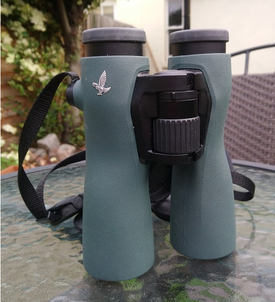 Swarovski NLs - note the 'waisted' look
Swarovski NLs - note the 'waisted' look Unlike the established excellent optical quality of Swarovski binoculars and the well-advertised generous field of view, I had no expectation that the NLs would handle much differently from other roof prism binoculars regardless of price. I was wrong. The barrels of the NLs sport an unusual waisted ‘Coca-Cola bottle' shape which somehow encourages your hands to naturally slip firmly into place. It usually takes me a while to get used to holding new binoculars, but these were ‘right first time’. This excellent grip makes the NLs easier to hold steady than other binoculars I’ve used and was a surprising plus point. However, one of my concerns with the NLs was their weight. At 850g they are 60-100g heavier than many rival binoculars (and 95g more than my old Zeiss) and so at the heavier end of 10x42 instruments. However, in use with the good, wide strap they came supplied with this has proved not to be the problem I feared it might be. For some a binocular harness may be a sensible option (see below). On the other hand, those additional grams possibly assist with holding them steady and reflect Swarovski brand’s famously robust construction.
With my hands grasping the barrels my index finger seemed to naturally fall into place on the focus control. The focus wheel rotated smoothly taking about 1½ turns to go from close focus (2m – useful in these times of social distancing!) to infinity. This may seem a lot but in normal field use you probably won’t need any more than ½ a turn (which takes you from a frequent viewing distance of 5-6m to infinity). This is fine unless you do a lot of dragonfly/butterfly watching as it takes a whole turn (or thereabouts) to go from c5-6m to 2m. The diopter adjustment (located just forward of the focus ring) was easy to use but, although a little raised, not easy to accidentally knock out of position. Initially, I found it very easy to inadvertently unscrew the eyecups whilst clicking them up or down. After repeated use, however, I appear to have subconsciously learnt the trick of not doing so and it’s no longer any concern.
 Excess strap could be neatly tucked away with velcro
Excess strap could be neatly tucked away with velcro All new Swarovski binoculars have a unique method of attaching the neck strap. This seems to work well once set up but fixing the strap to the binoculars was so problematic that I had to return to my dealer and get them to do the job for me. In fairness, a couple of operations on both hands has left me with poor dexterity but even so the shop assistant, despite being familiar with Swarovski binoculars, took 25 minutes to successfully attach the strap. The unnecessarily complex design seems to be there to solve a problem that doesn't exist.
Perhaps I was unlucky to have an unusually difficult fitting, but the mechanism seems wildly over complicated and over engineered. I have never had a problem with the simple anchor points found on most binoculars and all this innovation seems to do is complicate using an alternative strap of your choice. This can be done as the binoculars come with adaptors to allow the attachment of more conventional straps but these seem surprisingly flimsy and I question whether they’re sufficiently robust. And besides, wrestling the supplied strap off and the adaptors on isn’t something I’d relish. However, this may be the only option if you want to replace the strap with a harness. (As an aside, I'm surprised more manufacturers don't use the simple expedient of a loop and connector to attach binoculars to a strap and/or harness - see OpTech products). The supplied neck strap was extremely easy to adjust for length, but those who prefer a short strap will find that, annoyingly, 6” of strap dangling free down each side of the binoculars. The strap has a neat rubber tag-end which made me loathe to cut strap to size but with a Velcro tie I found it possible to neatly tuck the excess strap out of the way. Once attached, however, the neck strap proved to be very comfortable.
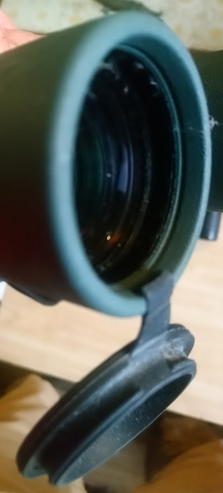 Objective lenses were well recessed by c1.5 cm
Objective lenses were well recessed by c1.5 cm Swarovski's diagnostic green 'armour' is comfortable to grip and, as far as I could judge, offered a good level of protection. The cover for the eyepieces fits snuggly, but at times too snuggly although with use should loosen up. The objective lenses are well recessed (by c1.5cm) protecting them from accidental damage something which the protective covers help further. I've never previously used binoculars with protective OG covers in situ but am finding them quite useful as an extra layer of protection since I tend not to use a case (except when storing my binoculars at home). These covers can be removed, and two small bungs are supplied to close the small indentation left behind in the rubber armour. The case is well made and extremely well padded with a useful internal pocket. With the brace attached, however, I found it was less easy to loop the strap around the instrument, slip them into the case and zip it closed. In a break from tradition, the binoculars fit into the case sideways, not vertically. I find this a retrograde step as, unlike traditional designs, there’s not plenty of space at the top for the strap to fold into and you cannot secure the binocular strap around your neck before extracting them from the case or take a firm hold of the strap and binocular’s barrels before you entirely remove them. Accordingly, I am yet to be convinced that the design is a good idea.
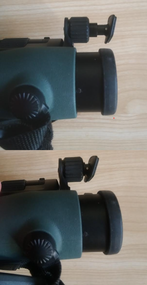 Detachable brace - extended (above) and retracted (below)
Detachable brace - extended (above) and retracted (below) Considering good ideas brings me on to the most unusual aspect of the NLs, the forehead brace. This is an optional extra and an expensive one (c£100) for a few gm of metal and plastic. Until I tried it, I thought it was just a useless gimmick but after only a few moments use I was proved wrong. With three points of contact the view became distinctly less jittery meaning that in this respect the 10x42s became just as good (or better) than my old 8x. Using the brace had two further unexpected results – first I could hold the binoculars very steady single-handedly (freeing one hand to hold a pencil, a cup of coffee, etc) and second, as an occasional user of spectacles when birding, I found that the additional anchor point really helped in steadying the view. It would go a long way to make the 12x 42 model a viable birding glass particularly as it has a FoV (113m @ 1000m) similar to most current 10x42 models (although whether it would be worth getting for the 8x model is less certain).
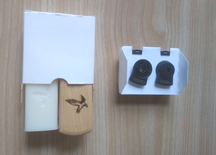 Soap, brush, alternative strap attachments & bungs.
Soap, brush, alternative strap attachments & bungs. Two final accessories that came in the box were something of a surprise; a bar of soap and a brush. I’m not sure how many birders would opt to give their bins a quick wash and brush up but I suppose it does encourage confidence in the instrument’s waterproof qualities.
After frequent use such is the generosity of the FoV that I still find it easy to forget that my binoculars are 10x, not 8x (but if you prefer 8x42s then the NL’s 159m @ 1000m field is unrivalled). The image quality of all alpha instruments being equally superb it’s often a matter of personal preference which you pick but, in my view, the wider field and ergonomic refinement of the NLs edges them ahead of their rivals making them primus inter pares amongst binoculars.
Are they worth the premium price when other top companies (and even Swarovski itself) make superb alpha instruments for considerably less? To be brutally honest, probably not. The 10x42 ELs offer a very similar optical performance to the NL's (other than the exceptional FoV) but are
60% of the price. Even if you have the cash, it arguably makes more sense to get the 10x42 ELs and supplement them with a pair of high quality 8x binoculars (e.g. Leica Trinovid 8x32/42) which would give you greater flexibility for the same overall cost. And yet, if you’ve got the money burning a NL sized hole in your pocket and weight isn’t a consideration, then buying the best 10x42s on the market is very hard to resist. To cynically paraphrase Jane Austen - It is a truth universally acknowledged, that a birder in possession of a good fortune, must want Swarovski NL binoculars. The image of competence/seriousness that they project is worth more than the one the user perceives on looking through them.
| FOR Optical excellence Class leading FoV Good close focus (albeit not class leading) Superb ergonomics Innovative Foreheadbrace Build quality Well-padded case Swarovski’s legendary after sales service | AGAINST Overly complex strap attachment High Price Weight Questionable case design |
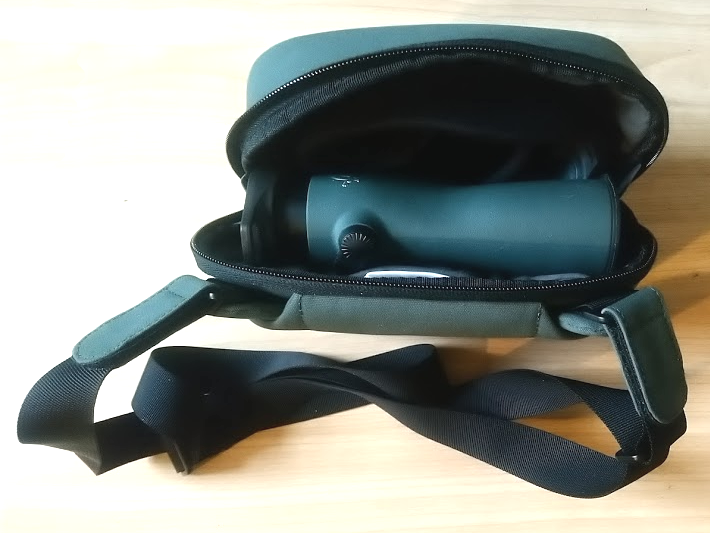
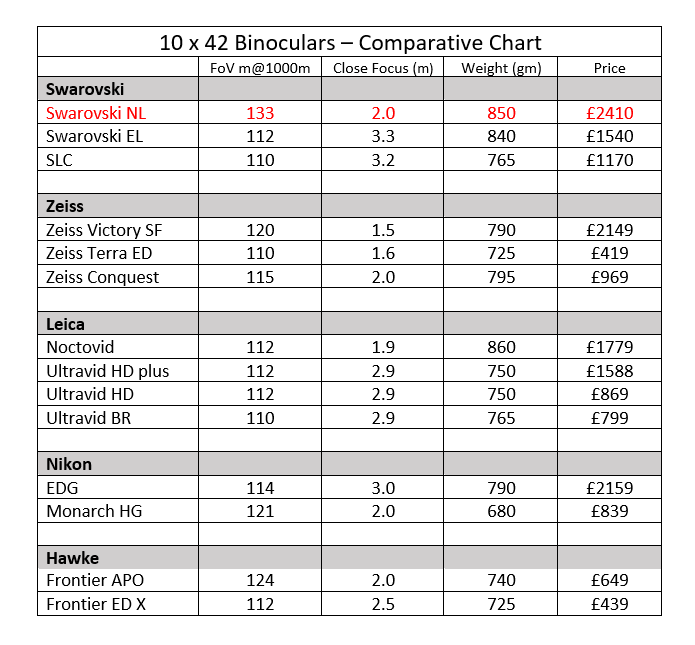
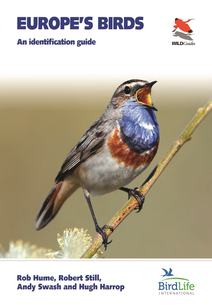
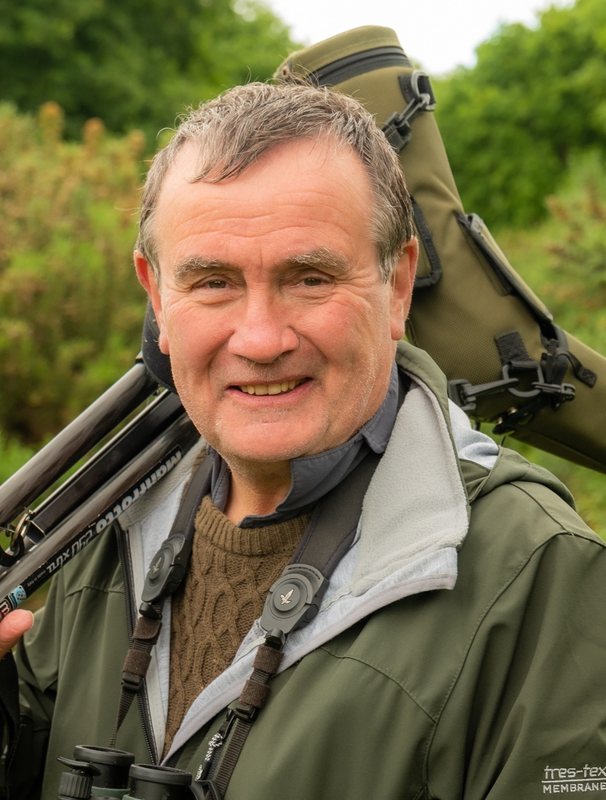
 RSS Feed
RSS Feed
